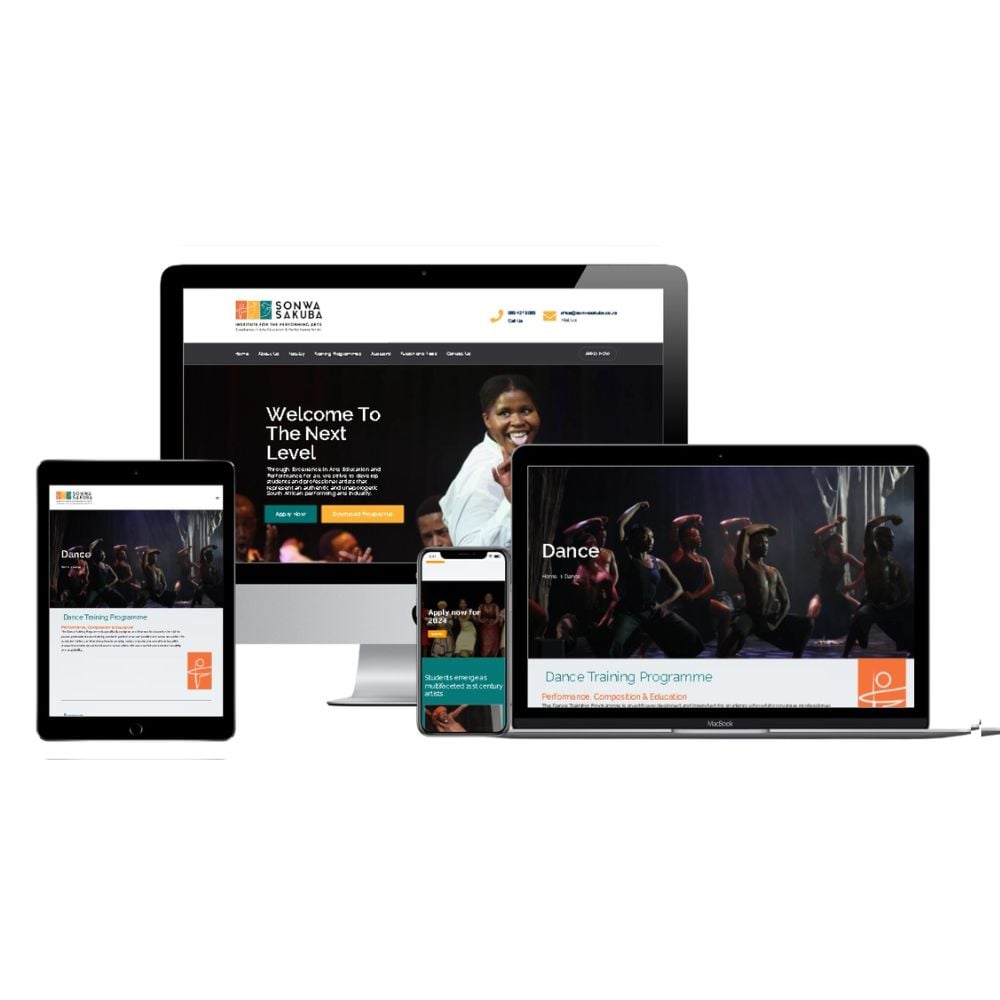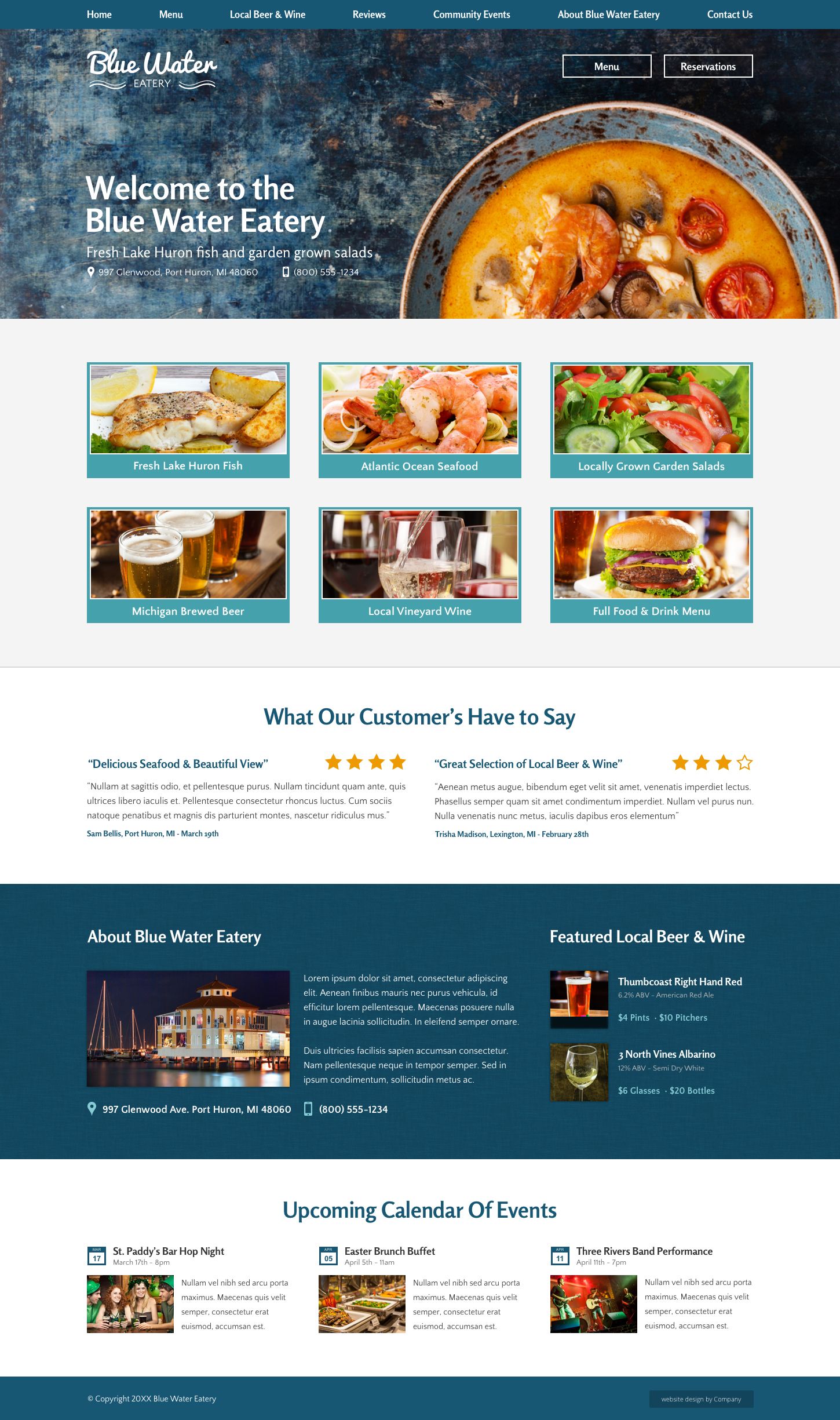Discover Cutting-edge Techniques to Improve Your Website Design Experience
Discover Cutting-edge Techniques to Improve Your Website Design Experience
Blog Article
Secret Methods for Implementing User-Centric Site Layout to Boost Engagement
When thinking about the application of user-centric web site design, specific techniques are important in improving involvement. Comprehensive study into user demands and choices forms the structure, assisting the creation of customer characters to notify layout choices. Customizing content boosts user fulfillment, and durable accessibility features widen reach.
Understanding Individual Needs
Recognizing individual demands is a fundamental step in the process of user-centric site style. Strategies such as surveys, interviews, and individual testing can supply valuable qualitative and quantitative data concerning how users communicate with the web site.
Evaluating this information allows developers to produce detailed individual characters that represent the different sections of the target audience. These personas aid notify style decisions by highlighting certain user goals and obstacles, assisting the development of functions that attend to these demands properly. Moreover, recognizing the context in which users operate-- such as their environment, tool choices, and time constraints-- can further improve the layout approach.
Compassion plays an essential function in this procedure, enabling developers to see the website from the user's point of view. By prioritizing customer requirements, the layout procedure ends up being more concentrated, protecting against the inclusion of unnecessary components that might clutter the customer experience. Inevitably, a deep understanding of individual demands is instrumental in crafting an internet site that is both purposeful and useful.
Designing Intuitive Navigation
Having actually developed an extensive understanding of individual needs, the next action in user-centric web site style involves producing instinctive navigation. Effective navigation is basic to user satisfaction, influencing how quickly users can discover information and total jobs. To achieve instinctive navigating, designers should prioritize simplicity and clarity, guaranteeing that the navigation structure is consistent and logical throughout the site.
Organizing material into a clear hierarchy is critical. Website Design. Using acquainted tags and icons can direct individuals easily, decreasing cognitive lots and boosting the overall customer experience. A properly designed navigation bar must be plainly placed, enabling individuals to identify their current place and conveniently discover other sections of the website
It is also vital to incorporate interactive elements such as breadcrumbs and search performances to help customers in browsing facility websites. These attributes provide additional paths and enhance the availability of content, providing to various individual choices and habits.
Checking navigating with actual users is vital to identify potential discomfort points and make certain capability straightens with user expectations. Regular responses loopholes and iterative enhancements can aid maintain an effective navigation system that adjusts to developing customer needs, eventually increasing engagement and satisfaction.
Developing Responsive Interfaces
Usually, creating responsive user interfaces is a crucial element of contemporary website design, making certain that web sites are practical and available across a wide range of tools and display dimensions (Website Design). This versatility is essential in a landscape where customers accessibility content through smartphones, laptops, tablets, and desktops, each with differing positionings and resolutions. The primary goal of receptive design is to improve customer experience by preserving optimum readability and use, no matter of the gadget used
To accomplish this, web designers use versatile grid formats, liquid images, and CSS media inquiries. Flexible grids allow site elements to resize proportionally, while liquid photos ensure visuals range properly without losing quality. Media queries play right here a vital function by applying various styles based upon the tool's characteristics, such as elevation, positioning, and size, hence tailoring the design to the user's screen.
Furthermore, responsive user interfaces add to enhanced seo (SEO) by providing a smooth user experience, which subsequently can reduce bounce rates and rise site interaction. In summary, taking on responsive design is not simply a technical factor to consider but a necessary approach for promoting a user-centric internet atmosphere that meets the requirements of a diverse audience.

Personalizing Web Content Experience
Customizing content experience is an important element of user-centric internet site layout that includes tailoring web content to fulfill the special preferences and actions of specific customers. This method not only boosts user fulfillment yet additionally fosters deeper engagement, as site visitors are most likely to communicate with material that reverberates with their needs and interests. By leveraging information analytics and customer responses, services can determine patterns and patterns that inform the customization of internet content.
Incorporating customization strategies can vary from straightforward adjustments, such as advising products based on surfing history, to a lot more sophisticated strategies like dynamic material that adapts in real-time to a customer's communications. As an example, personalized landing web pages look what i found can dramatically raise conversion prices by offering customers with appropriate information and offers that straighten with their previous activities and preferences.
Moreover, using artificial knowledge and device understanding can further fine-tune content personalization by constantly finding out from user actions and adjusting to arising trends. This not only boosts the customer's journey but additionally develops brand loyalty, as clients really feel comprehended and valued. Inevitably, personalizing the material experience is an important approach for businesses aiming to create a more appealing and purposeful communication with their target market.
Enhancing Ease Of Access Functions
Enhancing ease of access functions is an essential element of user-centric site layout, making certain that digital content is functional by everybody, including individuals with disabilities. This approach not just adheres to legal requirements such as the Americans with Disabilities Act (ADA) and the Internet Material Ease Of Access Guidelines (WCAG) but likewise dramatically widens a web site's target market reach. By incorporating attributes like key-board navigation, screen reader compatibility, and alternative message directory for pictures, web sites come to be a lot more inclusive, providing a seamless experience for users with aesthetic, auditory, or electric motor impairments.
Integrating receptive style elements is essential, promoting access on numerous devices and screen dimensions, consequently accommodating users with different choices and requirements. Comparison proportions and text dimension modifications can enhance readability for people with aesthetic challenges. Giving succinct and clear content framework, such as listings and headings, help comprehension and navigation, especially for individuals with cognitive specials needs.
Regular accessibility audits need to be performed to determine and fix potential obstacles, making sure continued compliance and functionality. By prioritizing ease of access, businesses not just foster inclusivity yet likewise enhance general customer involvement and complete satisfaction, eventually driving higher conversion prices and reinforcing brand commitment.

Verdict
Incorporating user-centric design techniques considerably improves internet site interaction by prioritizing the demands and preferences of individuals. Comprehensive study helps with the production of customer personas, guiding targeted style choices. Intuitive navigation and responsive user interfaces enhance use and availability across gadgets. Individualizing content based on customer behavior boosts complete satisfaction, while robust ease of access attributes expand audience reach. Collectively, these methods create a meaningful on the internet experience, promoting much deeper interaction and communication with the internet site.
Thorough research study right into user demands and choices creates the structure, assisting the development of individual personalities to inform style options. Methods such as surveys, interviews, and user testing can offer important qualitative and quantitative information about just how individuals communicate with the web site.
By focusing on individual needs, the layout procedure ends up being a lot more focused, stopping the addition of unnecessary aspects that could clutter the individual experience. Effective navigating is essential to user complete satisfaction, influencing exactly how easily users can discover information and complete jobs. The usage of acquainted labels and symbols can lead customers easily, decreasing cognitive lots and improving the general individual experience.
Report this page